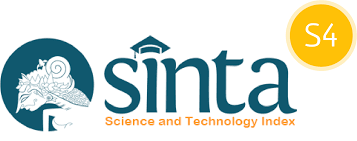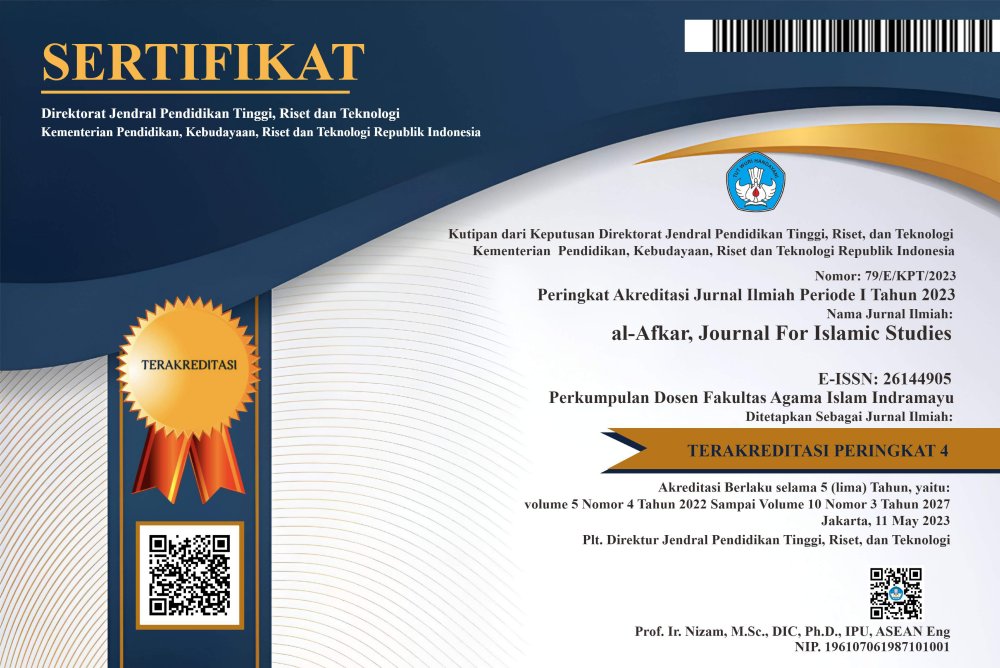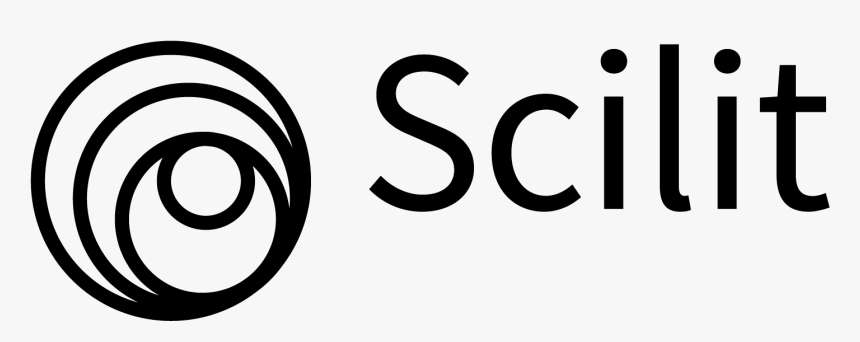History Development Instruments Measuring The Qibla In Indonesia
DOI:
https://doi.org/10.31943/afkarjournal.v7i2.966Keywords:
History, Indonesian Qibla, Measuring QiblaAbstract
The execution of the prayer, a fundamental duty for Muslims, encompasses a range of prerequisites, pillars, recommended practices, manners, and restrictions that should be adhered to during the act of worship. A crucial condition for a prayer to be deemed valid involves aligning oneself with the Qibla (the Ka’bah in Masjidil Haram) in the city of Mecca, a consensus reached by scholars. Consequently, there exists a necessity for tools that simplify the determination of the Qibla's direction. Over time, instruments for gauging the Qibla's orientation have evolved significantly, progressing from basic reference objects to user-friendly systems, ultimately leading to a reduction in the time required for measurement. This article will delve into the history of Qibla direction measurements in Indonesia using various methods, ranging from classical to modern approaches. The research employs a qualitative method with a literature review technique, aiming to reveal the historical development of Qibla direction measurements in Indonesia. The obligation to face the Qibla, with technological advancements, necessitates that regulations regarding the Qibla direction follow better guidelines to enhance the strength of worship implementation. Despite science providing information, religious authorities remain the ones to establish its laws.
Downloads
References
Aisyah, N., & Hidayat, N. (n.d.-a). STUDI TOKOH SYEKH MUHAMMAD ARSYAD AL-BANJARI (1710-1812) ATAS POLEMIK ARAH KIBLAT DI BATAVIA PADA MASA HINDIA BELANDA (Vol. 7).
Ali, S., & Ansori, M. (n.d.). Penentuan Arah Kiblat Menggunakan Kompas Easy Qiblat 3 In 1 Pada Handphone Android (Study Penelitian di Masjid An Nur Pare Kediri). https://ejournal.iaifa.ac.id/index.php/salimiya
Angkat, M. A., & Hidayatullah, R. P. (2021). Pengukuran Arah Kiblat Masjid Syaikh Zainuddin Nahdhatul Wathan Bintan. JPPM Kepri: Jurnal Pengabdian Dan Pemberdayaan Masyarakat Kepulauan Riau, 1(2), 105–116. https://doi.org/10.35961/jppmkepri.v1i2.298
Awal Bulan, D., Pemikiran, Q., Dahlan, K. A., Munfaridah, I., & Semarang, I. W. (n.d.). STUDI KRITIK TERHADAP PENENTUAN ARAH KIBLAT. http://bimasislam.kemenag.go.id/
Azman, Z., & Helandri, J. (2022). Pemikiran/Pembaharuan Islam KH. Ahmad Dahlan. El-Ghiroh, 20(02), 181–202. https://doi.org/10.37092/el-ghiroh.v20i02.433
Azmi, N., & Ukhti, L. (2023). Penggunaan Geogebra untuk Meningkatkan Pemahaman Matematis Mahasiswa dalam Menentukan Arah Kiblat. Jurnal Ilmiah Pendidikan Matematika Al Qalasadi, 7(1), 13–21. https://doi.org/10.32505/qalasadi.v7i1.4986
Hikmatul, O. :, Syam, A., Khalik, S., Falak, I., Syari’ah Dan, F., Uin, H., & Makassar, A. (n.d.). HARMONISASI INSTRUMEN ARAH KIBLAT.
Mahtir, S., Ridwan, M. S., Falak, I., Syari’ah Dan, F., Uin, H., & Makassar, A. (n.d.). DINAMIKA PENENTUAN ARAH KIBLAT MENGGUNAKAN ALAT KLASIK DAN MODEREN DI MASJID SULTAN ALAUDDIN MADANI.
mas’ usdi, M. (2018). Islam, Kolonialisme, dan Zaman Modern di Hindia Belanda : Biografi Sayid Usman (1822-1914). Afkaruna, 14(2). https://doi.org/10.18196/aiijis.2018.0090.262-266
Mustaqim, R. A. (n.d.). Penggunaan Google Earth Sebagai Calibrator Arah Kiblat.
Nur Fadhilah, L., & Pasca Sarjana Ilmu Falak UIN Walisongo Semarang, I. (n.d.). RUBU’ MUJAYYAB SEBAGAI ALAT HISAB RASHDUL KIBLAT.
Rakhmadi, A. J., Setiawan, H. R., & Hidayat, M. (2022). Kajian Ilmu Falak Syaikh Muhammad Arsyad Banjar: Analisis Naskah Mas’alah Al-Qiblah Fi l-Batawy. Jumantara: Jurnal Manuskrip Nusantara, 13(2), 149–165. https://doi.org/10.37014/jumantara.v13i2.1469
Sriani, S. O., & Ukhti, L. (2022). Uji Akurasi Arah Kiblat Menggunakan Fitur Kompas Kiblat Pada Aplikasi Quran Kemenag Versi 2.1.4. Astroislamica: Journal of Islamic Astronomy, 1(2), 213–231. https://doi.org/10.47766/astroislamica.v1i2.951
Downloads
Published
How to Cite
Issue
Section
License
Copyright (c) 2024 Zahara Suciani Putri, Muhib Rosyidi

This work is licensed under a Creative Commons Attribution 4.0 International License.



















